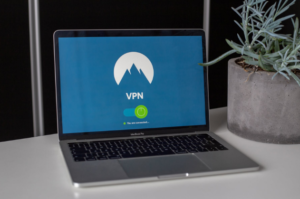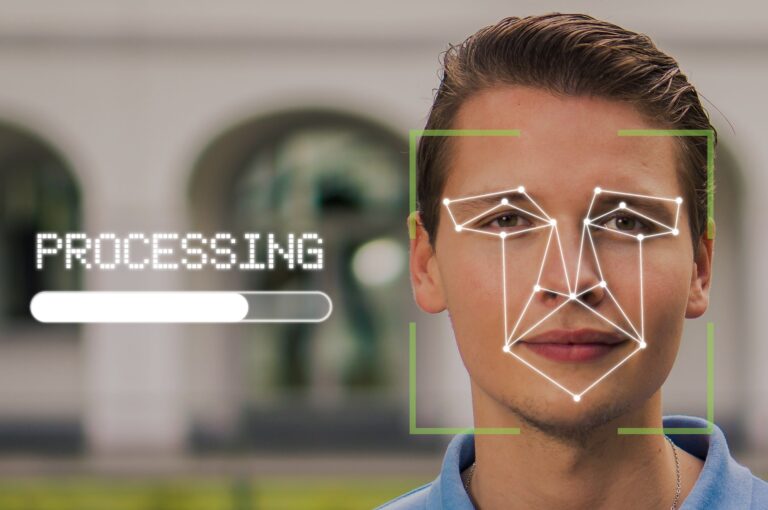Understanding Data Security in Businesses
Because of the increasing security breaches in many businesses, the need to check and implement data protection policies is essential. When it comes to small or medium business, the effect of cyber threat is much more intense. Cyber-criminals like to target small companies mainly because they can’t afford to implement strong security protocols.
SMEs can progress the cyber-security environment by obtaining a solid comprehension of their outside presence and ensuring it’s protected by undertaking penetration assessing and reducing vulnerability by taking actions such as frequently updating security patches.
Data Violation and the Way It Occurs
 Data violation is an incident where sensitive, confidential, or protected information may be seen, stolen, or used by an individual. The most common idea of a data infringement is an intruder hacking into a system to steal sensitive information.
Data violation is an incident where sensitive, confidential, or protected information may be seen, stolen, or used by an individual. The most common idea of a data infringement is an intruder hacking into a system to steal sensitive information.
Numerous business guidelines and government compliance regulations require the protection of sensitive or private information to prevent data breaches. It’s a situation where your business or organizations’ information is stolen.
Causes of Data Breaches
 Protecting sensitive information is essential to the lifeline of a venture. Physical theft or loss is among the most frequent causes of data breaches. This is potentially the most simple of the typical causes of information breaches. But, there are lots of distinct ways this may happen. It might be that your notebook, external hard disk, or flash drive was damaged, stolen, or lost.
Protecting sensitive information is essential to the lifeline of a venture. Physical theft or loss is among the most frequent causes of data breaches. This is potentially the most simple of the typical causes of information breaches. But, there are lots of distinct ways this may happen. It might be that your notebook, external hard disk, or flash drive was damaged, stolen, or lost.
Internal threats such as accidental violation or willful violation could happen when workers managing delicate information, not comprehending safety protocols and processes. A data breach may also occur from a mistake, as soon as an employee sends files to a wrong receiver. Using obsolete software or internet browsers is a significant safety issue.
Ideas to Protect Against the Cyber Threats
Data encryption is a fantastic preventative management mechanism. If you disconnect a database or a document, you can not decrypt it unless you have the proper keys. Handling encryption keys requires an identical effort to address other preventative controls in the electronic world, including access control lists. Someone should regularly review who has access to what information and reverse access for people who no longer need it.…







